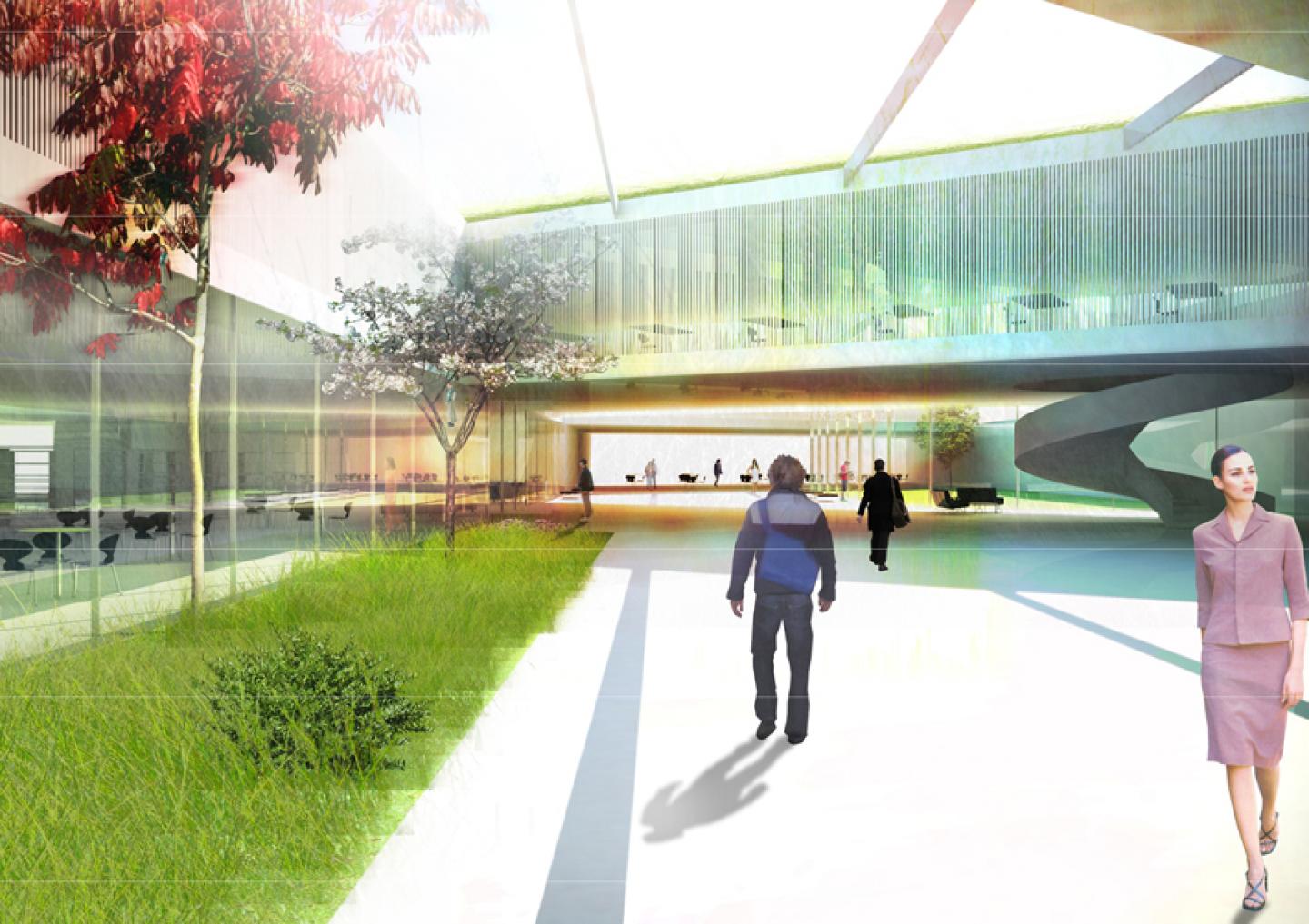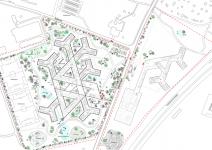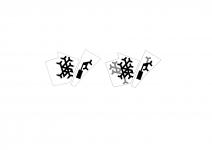the 20-century alist view of architecture (building and city as a machine) has given us a modern hospital culture that is both effective and increasingly centralized in the mega-structures that make it possible to cope with more tasks with fewer employees. a good design minimizes the distances of employees and have clearly defined zones in relation to staff, patients and visitors.
this is often achieved at the expense of attitudes about the role of architecture as essential to the patients mental and physical wellbeing. a position at the end of 1800, had become increasingly prevalent.
design parameters as de-institutionalization, fresh air, views, and varied visual and spatial experiences have healing effect.
nature and architectures healing powers. many hospitals therefore had the character of country houses / farm houses. unfortunately, only the velbemidlede lived in the house while the poor were referred to the basement.
modern hospital design attempts to integrate alism effectiveness 1800 century idealistic vision of the hospital. tight budgets for construction, staff shortages and the economy makes it a difficult task.
centralization of psychiatry is from an efficiency point of view obvious but maybee in direct conflict with de-institutionalize the patient experience.
we want a project who insist on bringing together the need for efficiency with a personal and de-institutionalized experience.
we have tried to design a complex, consisting of small co-housing in which many of the daily activities can take place. an architecture with niches and scale diffenreces, so all daily activity can be adapted to individual wishes and needs.
the shared housing is surrounded by varied outdoor spaces with a wide range of offers, ranging from the cultivation of vegetables and have intimate experiences with football and petanque. and still the building is not compromised with minimum distance and efficient workflow.
2009
TEAM: Marc Jay, Marie Hesseldahl, Julie Schmidt-Nielsen, Lawrenc-Olivier Mahadoo, Christer Nessvik, Linda Vindsalu, Jenny Selldén
Favorited 1 times




.jpg)

.jpg)
.jpg)


